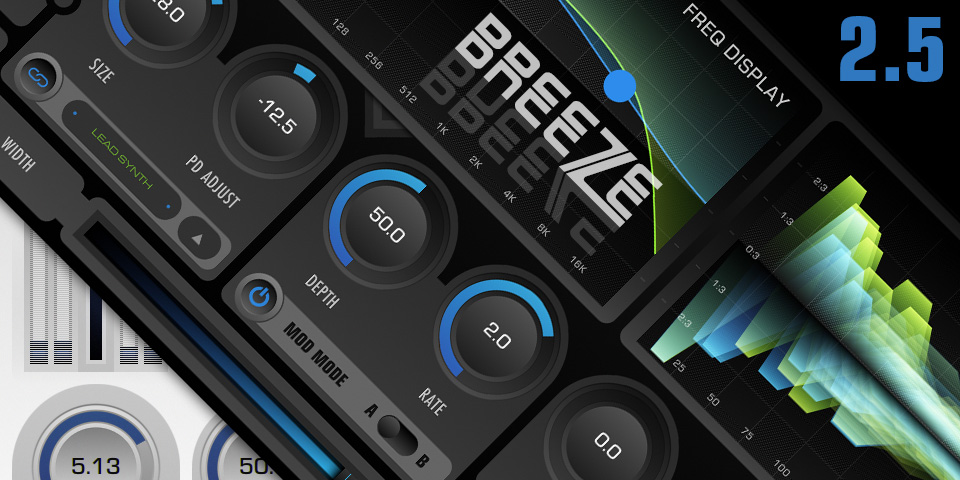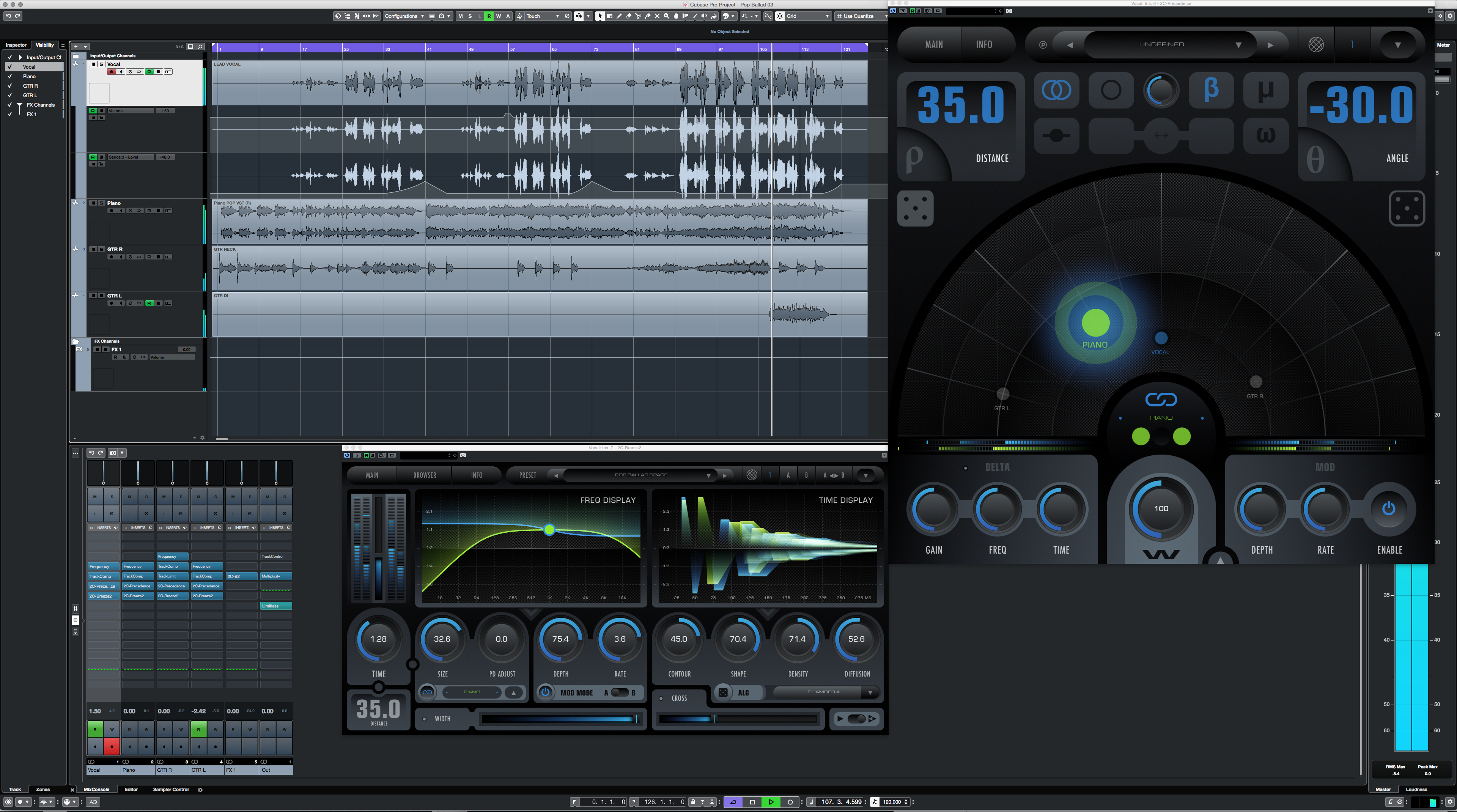
#2caudio breeze musicradar how to
It is highly recommended to get the full picture of everything Breeze 2.0 is capable of, and can function as an additional guidance on how to effectively use all the new features.

It is suitable for a wide range of music production and scoring needs. It offers authentic as well as hyper-real dispersive plates, ultra-dense chambers, slow-building halls, immaculate ambiences, creatively colored spaces for unique spectral effects, and more. It aims to show just how much diversity Breeze 2.0 is able to achieve within the area of reasonably conservative daily-needs presets. It was created to coincide with the launch of Breeze 2.0, and focuses exclusively on using all of the extensive new 2.0 features to achieve results that were impossible to achieve with Breeze 1.0. The Breeze Simply Better Expansion was made by Andrew Souter, Breeze 2.0's primary algorithm designer.

We hear you, and in answer to your requests we offer you the Breeze Simplicity Expansion. Even if we have made it incredibly intuitive to do so, you ultimately have more important challenges to deal with than programming an algorithmic reverb. Perfecting the transitions and articulations in your string library to make your score sound like it was conducted by John Williams and recorded in Boston Hall is definitely not simple. Hitting that high note that is just out of your vocal range with perfect vibrato is not simple. Transitioning from an D-Maj-7-add-9 with a flat 5th to an F#-Dim-7-add-11 without missing a beat is not simple.
#2caudio breeze musicradar professional
In contrast, oftentimes work as a professional musician is anything but simple.

Breeze is a product that is well known for its ease of use and pristine sound.


 0 kommentar(er)
0 kommentar(er)
